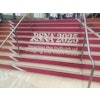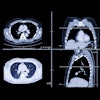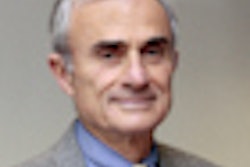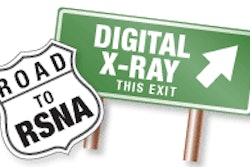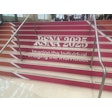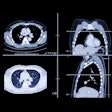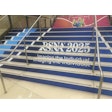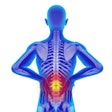Thursday, November 29 | 12:15 p.m.-12:45 p.m. | LL-HPS-TH2A | Lakeside Learning Center
Use of basic chest radiography has remained relatively unchanged over the past decade, despite wide fluctuations in procedure volume for more advanced imaging modalities such as CT and MRI, according to a group from Thomas Jefferson University (TJU).Dr. David C. Levin and Dr. Vijay Rao from TJU have made headlines in recent years with studies documenting the rise and fall of imaging utilization. Most of their research has found that use of advanced diagnostic imaging rose dramatically until 2006, when it began declining in response to U.S. government efforts to reduce imaging reimbursement.
But the group has yet to study basic chest radiography, a bread-and-butter exam that is the backbone of radiology, according to Levin. The group took Medicare Part B Master Files for 2000-2010, calculating both overall exam volume and utilization rates per 1,000 Medicare beneficiaries. They also calculated utilization by physician type.
Total Medicare chest x-ray exam volume in 2010 was 32.5 million exams, according to the researchers. Over the previous decade, the utilization rate was 924 exams per 1,000 beneficiaries in 2000, a rate that peaked at 976 per 1,000 in 2005 and then fell to 921 in 2010.
In 2000, radiologists had an 85% share of chest x-ray studies; by 2010 that had risen to 89%. That said, more than 2 million chest x-ray studies are performed by primary care physicians, internists, or emergency medicine doctors who might not have adequate training, according to Levin and colleagues.
Levin sees the study as illustrating two major trends: The recent rapid growth in medical imaging has stopped, and utilization growth is not as strong in areas where there is not a strong incentive for physicians to self-refer.
"It's a good example of how utilization can stay under control when self-referral is kept out of the picture," he told AuntMinnie.com.
